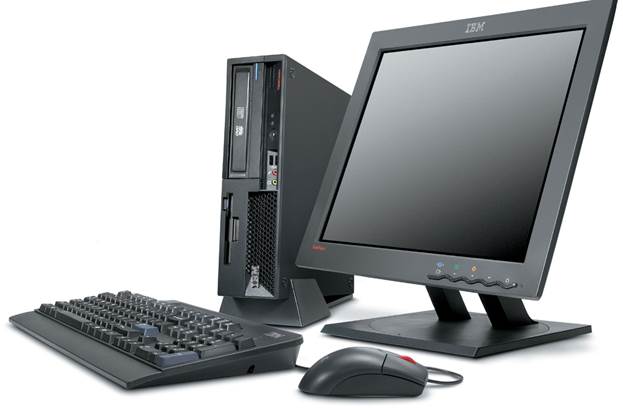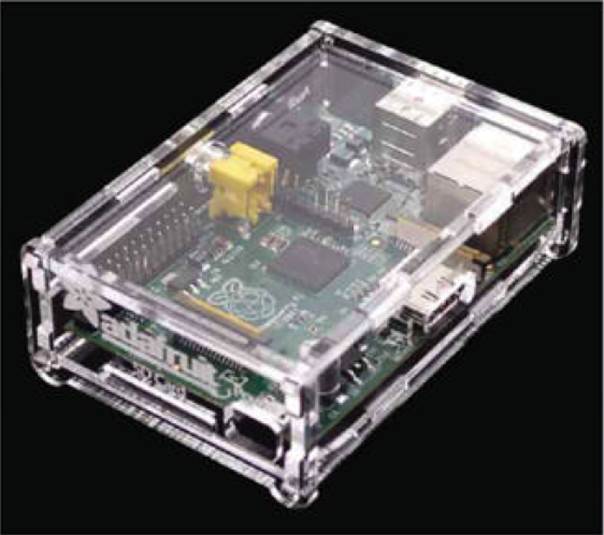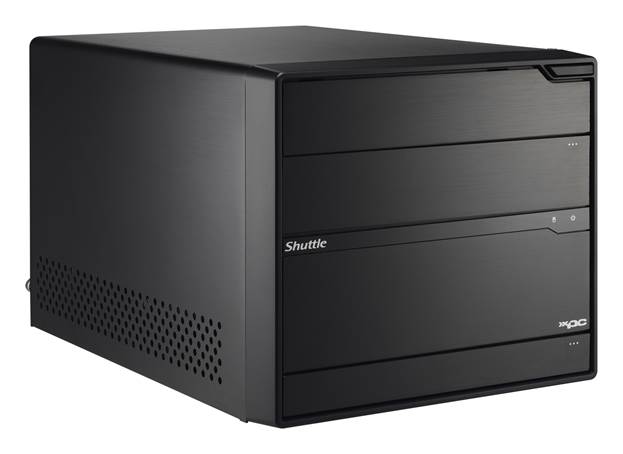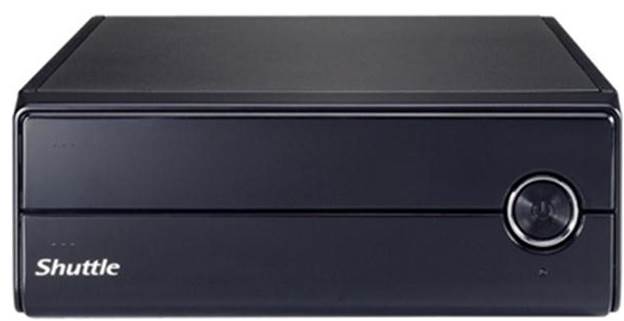We dissect the Small Form Factor media
PC, and advises on what hardware to consider, and what to ignore
Small form Factor
(SFF) systems have been around for some time now, spurred on by the switch from
processor, technology that put performance above all else to the more energy
efficient era we’re now experiencing. With an explosion in personal media, many
people want to have a computer attached to their TV to deliver that to them. So
what are the options, and why are some directions better to take than others?

Anyone wanting an SFF Media computer to
interact with their lounge TV has several possible directions they can take.
The first is to buy a complete SFF Media computer;
Anyone wanting an SFF
Media computer to interact with their lounge TV has several possible directions
they can take. The first is to buy a complete SFF Media computer; there are
plenty of them available, so we’ll highlight some good ones later on. Or, you
could build an SSF solution of your own design, sourcing parts specifically for
the job, so we’ll also cover some products you might want to consider there.
There’s also the option of getting an embedded solution like the Raspberry Pi,
though that won’t really offer you the flexibility of a conventional PC system,
especially when it comes to going beyond simple media playing jobs.

The Raspberry Pi can be placed in a
case, and has enough power to play video back smoothly, but it’s not a PC – or
even pretending to be one
First of all, then,
here’s a breakdown of the various good and bad aspects of building a system
over buying one pre-assembled or going embedded.
Pre-built SFF Systems
These systems can come
as entirely finished computers, or as ‘barebone’ assemblies, where you need to
add a few items to complete the build.
Good
·
Comes
pre-built, no assembly required, sometimes with an OS pre-installed
·
Is
built for the job and is usually competitively priced
·
Can
be very small, and it’s even possible attach to attach some to a TV with a VESA
mounting
·
Some
systems come with custom controllers that use either infra-red or Bluetooth
·
They’re
built for the job, and made to be run for long periods without problems
Bad
·
They’re
not very customizable, as PC’s go
·
Generally,
they provide little spare space inside for extra drives or even an optical disc
·
They’re
more difficult to adapt to ‘general use’ computing
·
Limited
upgrade options
·
Parts
are often proprietary, and therefore can be difficult (or even impossible) to
fix
Self-built SSF Systems
I’ve built a few SSF
systems, and there is nothing difficult about doing it, though shoehorning
parts inside a small case can be slightly fiddly for those with large hands
Good
·
You
can more accurately tailor it to your specific needs
·
You
can build in the flexibility you need; your SFF Media system could play games
well, or have a Blu-ray drive
·
There
will more be expansion possibilities down the line
·
Much
easier to fix should it fail as it uses off-the-shelf parts, and you know it
inside-out.
Bad
·
Self-built
systems generally cost more
·
The
small motherboards that are used can come at a premium
·
CPUs
are often hard-wired to the motherboard
·
Generally
there’s lees flexibility to an SFF system than a standard desktop
·
The
need to use a slim optical drive and maybe other laptop components can also
push the cost up
·
Make
a poor choice in what parts you combine, and you can create a system that
either overheats rapidly, or suffers power supply failure due to overloading
Embedded Hardware Solutions
The sophistication of
embedded computers means they now offer more than the ability to play video and
audio files back. However, they also might be much less powerful than you’ve
come to expect with a desktop PC
Good
·
If
you choose a Raspberry Pi or Arduino system, the outlay can be very low
·
Can
do many things that traditionally SSF systems are used for
·
Good
power efficiency
·
Entirely
silent
·
Expandable
with external USB devices or daughter cards
·
While
not technically a ‘PC’, they can be programmed to provide all manner of
functionality
Bad
·
Will
never play PC games
·
To
get the most from them you also need to understand o little about Linux
·
You’ll
also need a network server of some kind for storage
·
Won’t
offer the scope of a proper PC, even one that uses the Nano ITX form factor
Barbone Systems
An intermediate
solution between pre-built and custom options, a barebones system usually
requires you add memory, a CPU and storage, but the case and motherboard are
supplied fully assembled. Here are some interesting ones:
Shuttle
XPC SX79R5 ($616.73 CCL Systems)

This is shuttle’s
newest ‘Barebone’ system, and comes with a custom motherboard that accepts a
huge Intel LGA – 2011 processor and 32GGB of RAM. Built around the Intel X79
chipset, this is almost the full desktop PC experience in a shoebox sized enclosure.
The only real downside is that – once you’ve added a CPU, memory and storage-
you could easily wave farewell to more than a grand to get yourself one. Less
impressively specified XPC models can be had for about half that amount, but
they won’t run like this one can
Shuttle
XH61V ($255.73 Ebuyer)

For the money, this is
a half-decent barebones media system from a reputable brand. The XH61V supports
Intel Sandy/Ivy bridge series processors, limited to those that use 65 watts or
less on LGA 1155. It accepts 204-pin DDR3 SODIMM, and with two slots you can
put 15GB in this modestly sized case.
There is space for a
slim optical drive and a 2.5” hard drive, alongside a couple of Mini-PCle
slots. I’d be very careful what you put in these, though, as the PSU is only
rated for 90 watts total capacity. There’s one oddity worth noting, too: this
is one of the few computers you can buy these days that has RS232 serial ports
on the rear, for legacy communications fans.
This system is cheap,
though once you’ve added a CPU, RAM and storage it might seem marginally less
of a bargain.